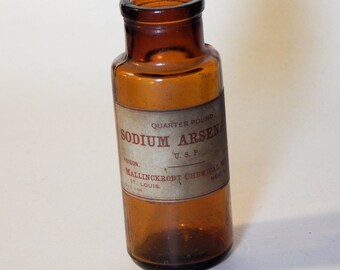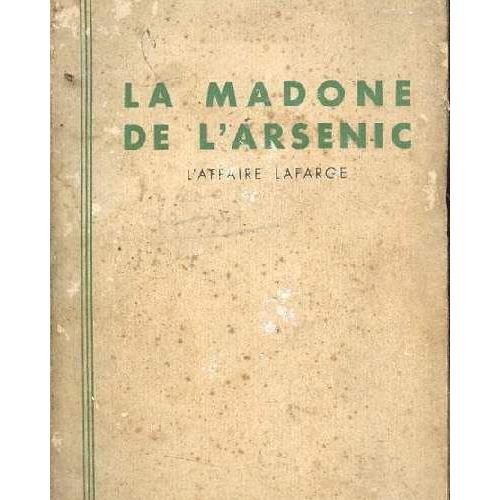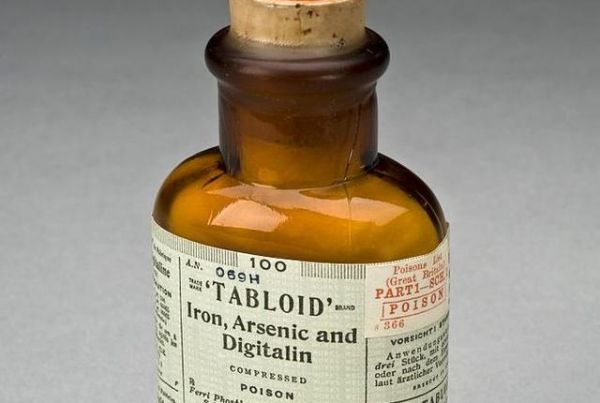
Increased heart rate and loss of some motor control can also occur, and in severe cases blindness and further nerve damage, eventually culminating in death due to respiratory failure or cardiac arrest.
#Arsenic poison antidote skin#
The skin of the victim becomes dry and scaly, and white lines, referred to as ‘Mee’s Lines’, appear on the fingernails. In many cases, this is the symptom that alerts those providing treatment to patients with thallium poisoning. This then rapidly progresses to complete loss of the hair and alopecia. Two weeks into the poisoning, the patient starts to exhibit a symptom that is characteristically that of thallium poisoning: a dark pigmentation will begin to appear around the roots of the hair. The victim starts to experience pains in their extremities as a consequence of nerve damage, along with excessive thirst and insomnia. After this, more unpleasant symptoms can start to kick in. At this stage, constipation can be a characteristic sign, but not one that is likely to cause undue concern in the victim. For up to four days after the initial symptoms, victims can actually feel and appear in normal health. Its early symptoms are very non-specific, including gastrointestinal problems, such as vomiting, or merely nausea. Unless given in a high dose, thallium is an agent that exerts its effects slowly. Today, its use in rat poisons is banned in many countries, and has been since the 1970s, though some countries still allow its use.

Of course, its availability as a rat poison also made it readily available to any would-be poisoners, and cases of both accidental and homicidal poisonings with thallium sulfate increased as a consequence over the decades after its introduction. Later, in the early 1900s, use of thallium sulfate as a rodenticide and insecticide became more frequent. It was also used cosmetically, as a depilatory agent to remove hair from the skin.

The efficacy of these treatments isn’t noted, but they did inevitably come with significant side effects, and as such didn’t gain widespread use. Thallium sulfate was used for the treatment of diseases and conditions including syphilis, gonorrhoea, gout, and dysentery.

The toxicity of thallium and its compounds was quickly noticed experiments in which the compound was fed to animals saw all of the test subjects die within a few days.ĭespite its toxicity, thallium compounds saw use in medicinal treatment of a number of conditions. He identified it from the bright green line in its emission spectrum, and consequently named it thallium, from the Greek word ‘thallos’, meaning ‘green shoot’. Thallium as an element was first discovered in 1861 by the British chemist William Crookes. This graphic looks at its history and effects. Thallium perhaps doesn’t share quite the same profile as arsenic and cyanide, but despite this it’s perhaps an even more effective compound in poisonings. Having already looked at arsenic and cyanide in the previous instalments in this series, our attention turns to thallium, another famed poison.


 0 kommentar(er)
0 kommentar(er)
